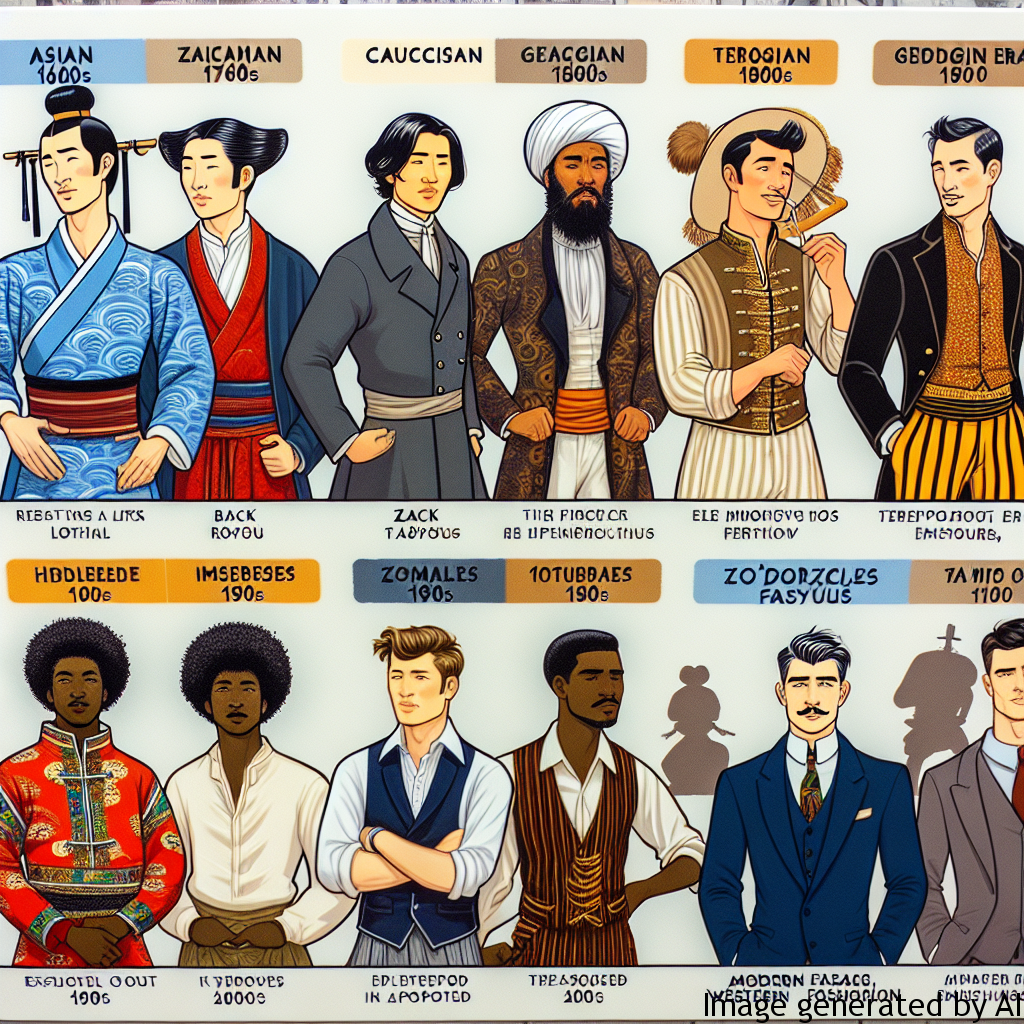Introduction
Men’s fashion is not merely about style and aesthetics; it is also a mirror of societal expectations, gender roles, and cultural taboos. Unconsciously, everyday dress codes enact a set of socially prescribed behaviours and attitudes that men are expected to follow—rules often overshadowed by the taboo of challenging masculine norms. These expectations can have a significant impact on men’s psychological health, shaping self-perception and emotional well-being. This article explores the social norms and taboos in men’s fashion, the relationship between gender expectations and men’s mental health, and how a broadened understanding of masculinity can foster both style and self-fulfilment.
Description of Gender Expectations and Their Influence on Men’s Psychological Health
Societal Expectations and Male Identity
The fashion choices available and acceptable for men are profoundly influenced by societal perceptions of masculinity. Traditional views of masculinity often marginalize emotions and endorse physical strength, independence, and dominance. Consequently, men’s attire became synonymous with functionality rather than self-expression, contributing to a narrow view of male identity.
Impact on Mental Health
The restrictive nature of such expectations often curtails individuality and freedom of expression, precluding men from exploring different facets of their identities. Conforming to these norms can lead to psychological distress, negative self-image, and emotional vulnerability.
Examples of How Gender Roles Can Influence Men’s Lives
Gender roles, as mirrored in men’s fashion, can subtly infiltrate men’s daily lives. Professionally, men often adhere to uniform-like attire, signalling conformity and avoidance of personal exposure. Socially, deviating from conventionally masculine clothing, like wearing bright colours or emotional symbols, can lead to negative repercussions such as mockery or marginalization. Lastly, these norms can limit self-expression and contribute to internal conflicts, adversely impacting mental health.
Tips for Improving Psychological Health Considering Gender Roles
Addressing these gender disparities requires the deconstruction of harmful masculine norms. One potential route is encouraging men to interpret fashion as a means of self-expression. It’s also beneficial to seek professional help from psychologists and counsellors versed in gender-specific issues. Promoting open conversations about the impact of gender roles on mental health is also crucial. Additionally, fashion industries can contribute by promoting diversity in men’s fashion, offering styles that challenge the traditional boundaries of masculinity.
Conclusion
Male fashion, deeply intertwined with societal norms and taboos, wields more power than serves the eye. Beyond aesthetics, it narrates a tale of gender expectations and masculine stereotypes, casting significant influence on men’s psychological health. By challenging these norms and endorsing a flexibly masculine fashion style, society can foster better acceptance, inclusivity, and mental health for all men.

